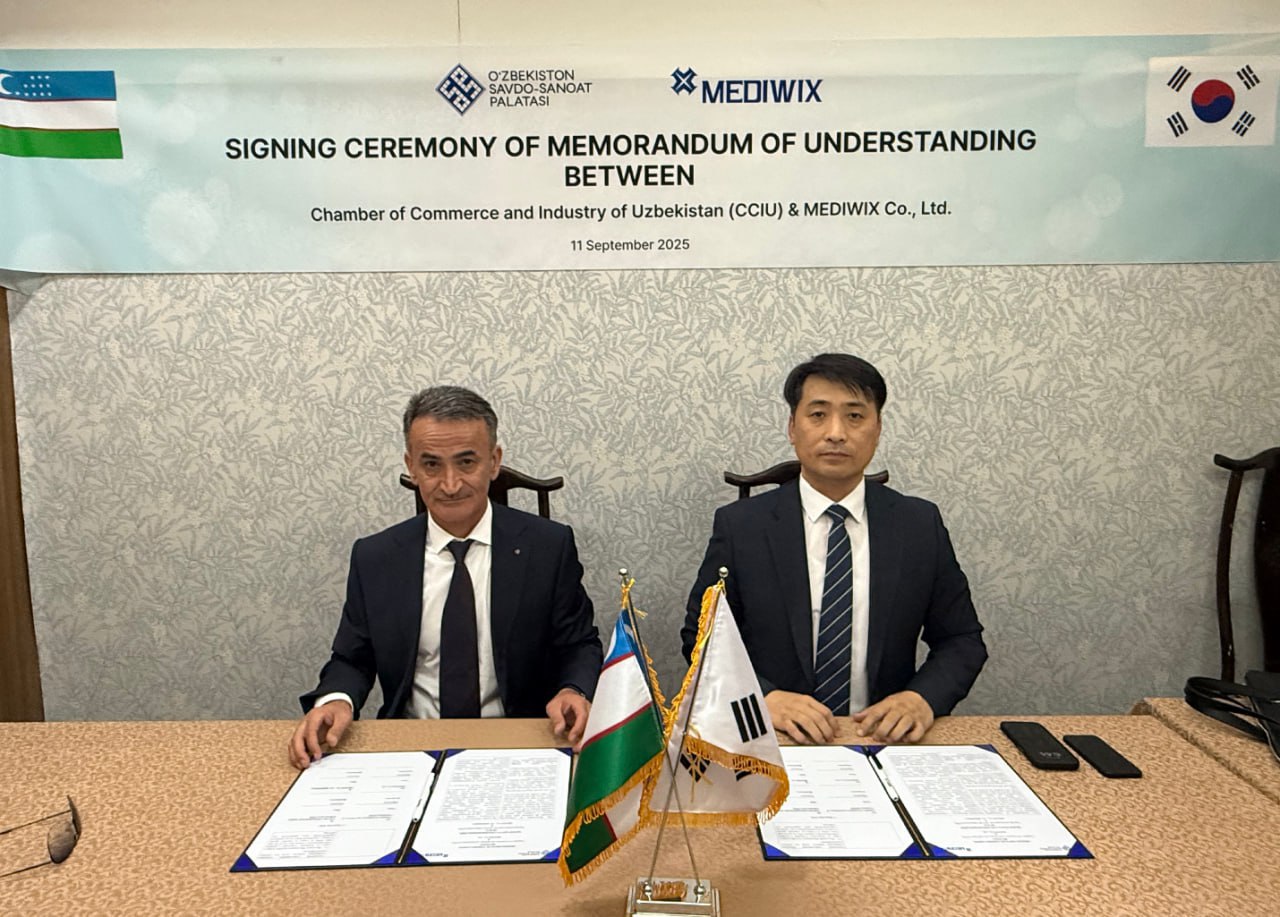By Buddy Chung,David Medzerian
Copyright usc

USC’s transition to renewable energy has taken a significant step forward with the installation of more than 1,000 solar modules atop the Carole Little Building.
The modules cover 36,352 square feet and when connected will generate over 600 kW of clean power, about 10% of the building’s total energy needs. It will be USC’s largest solar installation, producing close to 1 million kilowatt-hours of energy annually.
“It required more than 60 crane picks over three days to lift the 1,042 modules onto the two roofs,” said Zelinda Welch, USC’s director of energy and sustainability. “We are currently working to connect the modules, and I can’t wait for them to start pumping clean energy.”
In 2020, solar modules were installed across the roof of the Galen Center. Solar arrays are also covering areas of the USC Wrigley Marine Science Center at Catalina Island; the Vista, Windsor, Stardust and Seven Gables housing complexes; and at the Dr. Allen and Charlotte Ginsburg Human-Centered Computation Hall. The university also plans to add modules to the new baseball stadium and the Bloom Football Performance Center, currently under construction.
“These renewable energy initiatives demonstrate USC’s commitment to lead by example in sustainability and bring us closer to achieving our Assignment: Earth Climate Neutrality goal,” said Mick Dalrymple, USC’s chief sustainability officer. “The Carole Little Building solar installation is the latest in a long list of sustainability-focused achievements since launching Assignment: Earth in 2022.”
USC’s framework to address climate change and promote a sustainable campus and world is Assignment: Earth. A core goal is reaching zero waste by 2028. To achieve this, almost 1,200 three-stream waste bins have been installed in more than 50 buildings. A reduction in landfill waste and an increase in composting helped USC achieve 57% waste diversion in the last fiscal year, an increase of 3%.
The 2025 USC Sustainability Survey, completed by more than 8,000 students, faculty and staff, found that 73% either “agree” or “strongly agree” the university has a culture that cultivates sustainability.
Honors for USC’s sustainability efforts
USC has received numerous recent honors for its sustainability efforts. For the second year, all Keck Medicine of USC hospitals were recognized by Practice Greenhealth for sustainability leadership in health care, while the Los Angeles Memorial Coliseum was LA Green Business certified in response to its ongoing zero waste initiatives. USC Hospitality earned top ranking in the Sustainability Tracking, Assessment & Rating System (STARS) 2.2 for Food/Dining in the Association for the Advancement of Sustainability in Higher Education’s 2025 Sustainable Campus Index.
In an effort to increase collaboration between students, faculty and operational experts when addressing sustainability problems, USC recently launched Exploring Sustainability through Campus Living Labs. Among many initiatives, it connected students from the USC Jimmy Iovine and Andre Young Academy with USC Hospitality to help launch the Choose to Reuse program that is debuting at USC Dining facilities this fall.
Also launching later this year USC Surplus Sales will offer the university community the opportunity to purchase gently used equipment, furniture and other goods at affordable prices while keeping items out of the local landfill.
“We are making a lot of progress, but there is much more that can be done,” Dalrymple said. “We are constantly looking for innovative ways to integrate sustainability as the default approach to everything we do at USC. From making events zero waste to reporting water leaks to making office supply purchases and travel planning more sustainable, we encourage everyone to get involved.”



